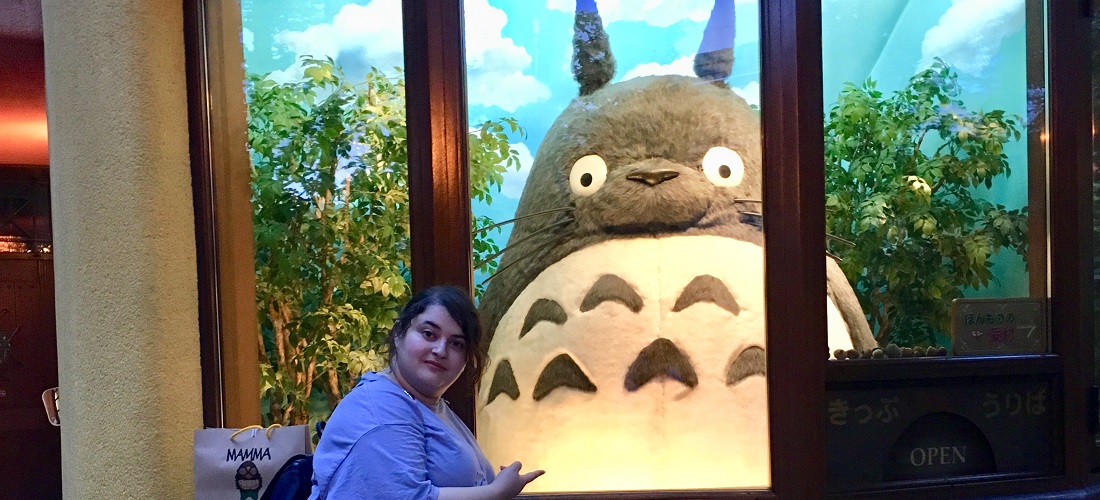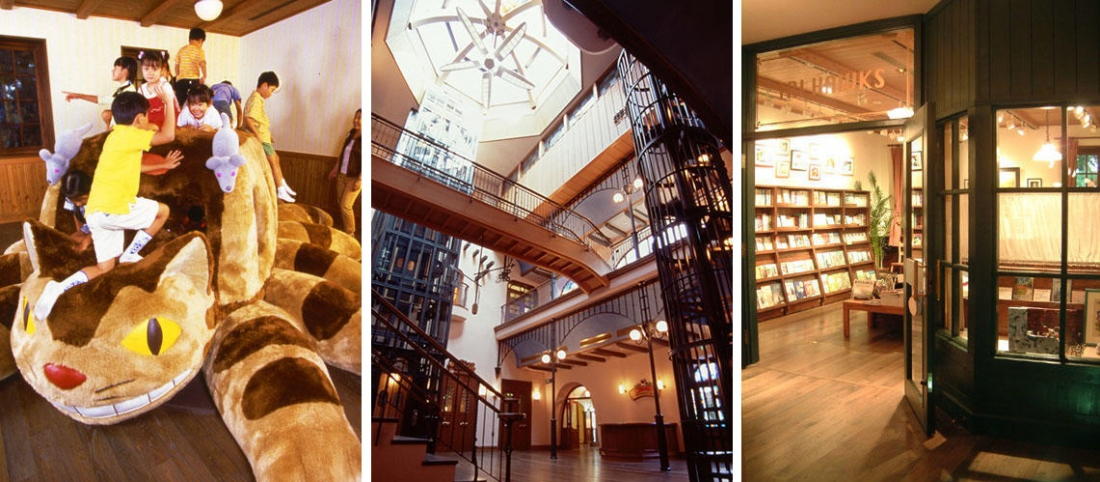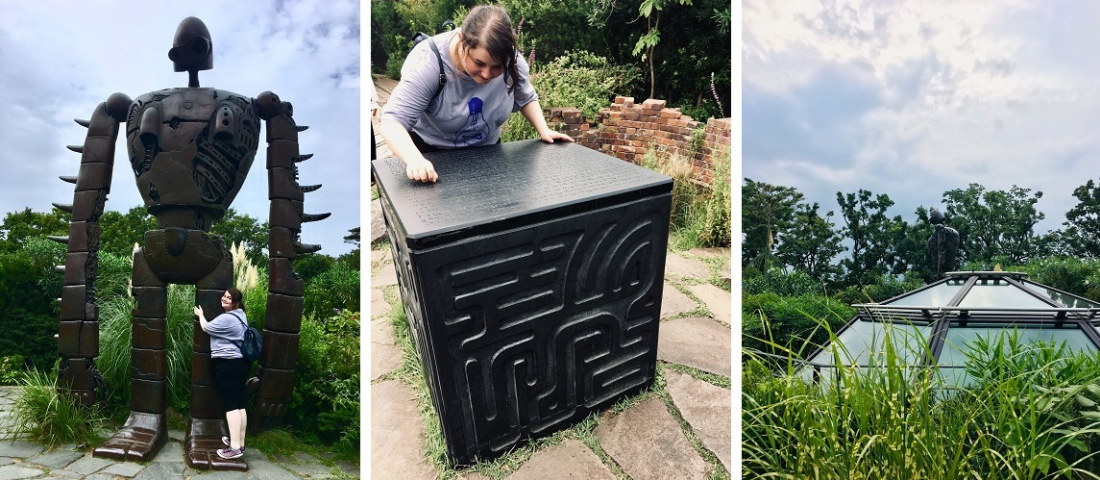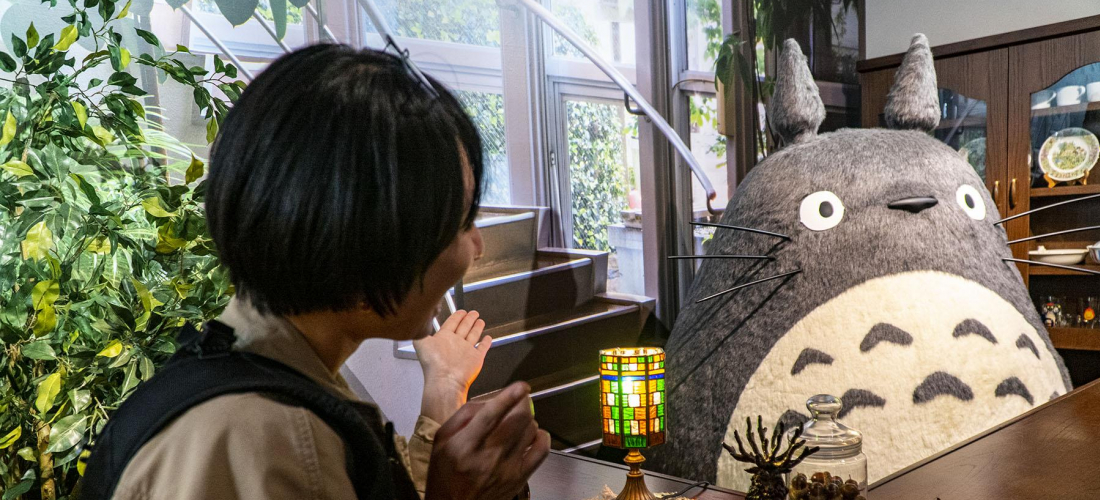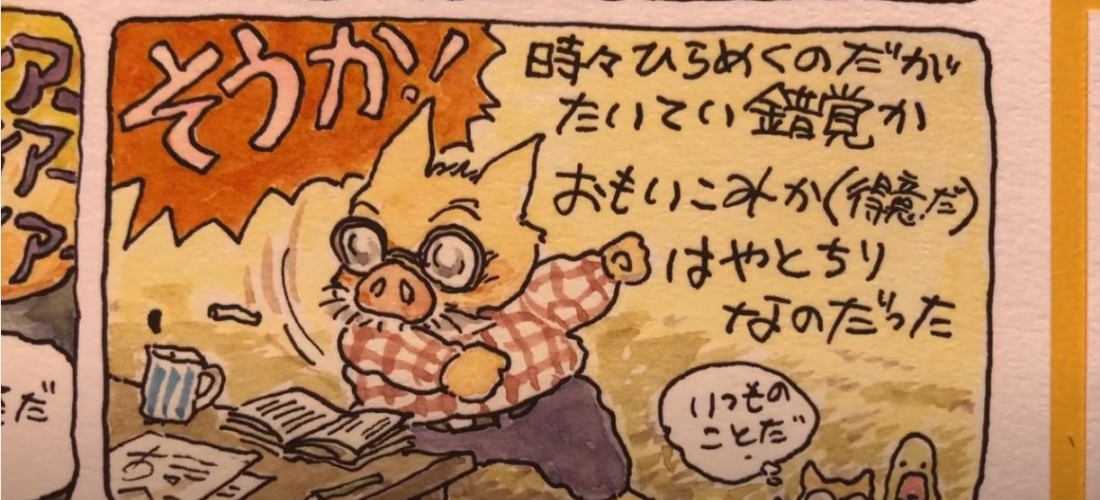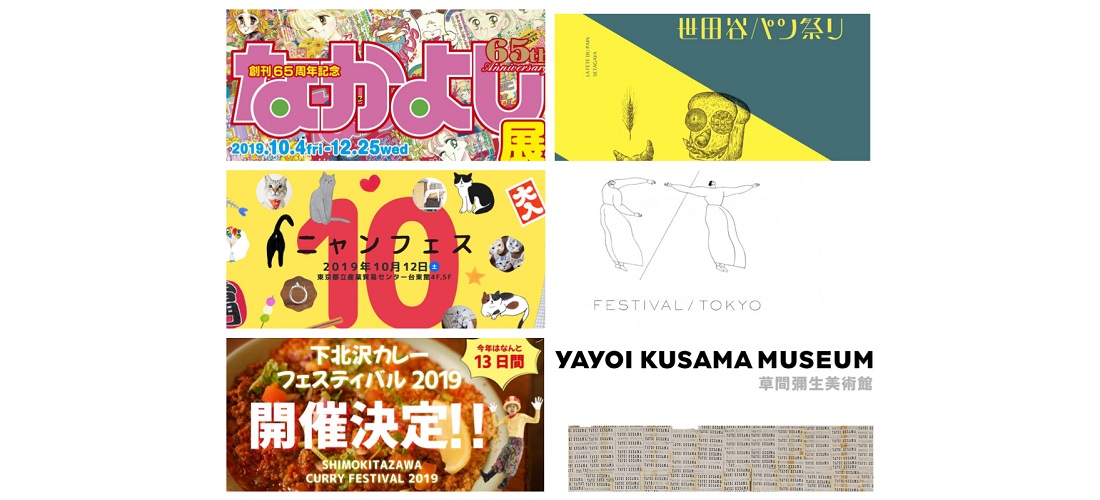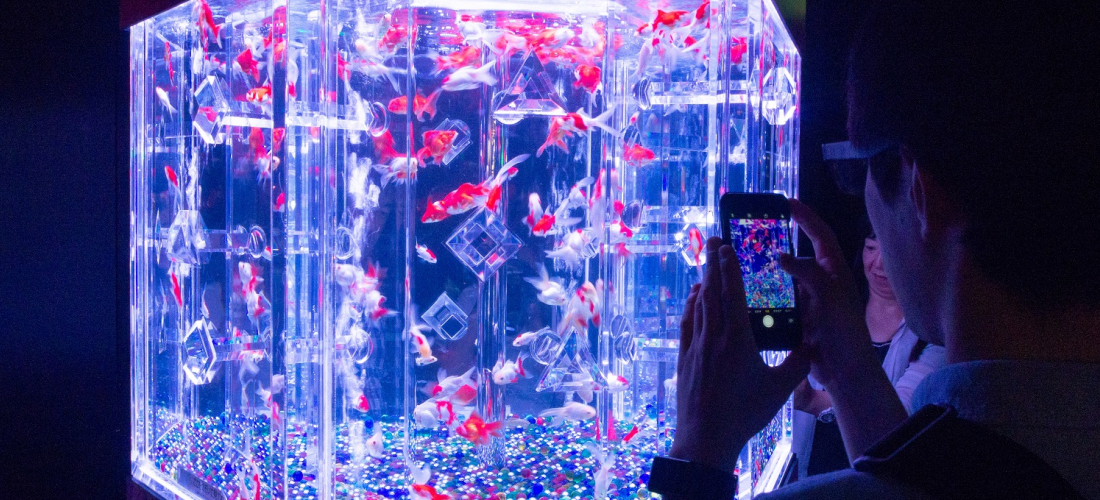CONTENTS
A must-see stop on many people’s Tokyo itineraries, the Ghibli Museum is incredibly charming, and lots of fun for any fans of the gorgeously animated films. Thanks to the museum’s interesting exhibits, it’s pretty entertaining for visitors without much prior Ghibli knowledge as well. As a huge fan of Studio Ghibli, let me take you along on my third trip to the museum!
The Ghibli Museum is a place of magic and wonder, with great exhibits inside a really beautiful building. Everywhere you look, in every corner, there are little decorative additions created and tucked away just to bring joy to visitors. Getting tickets to the Ghibli Museum, however, can be a pain in Japan.
As you might already know, museum tickets for the coming month go on sale at 10 am (JST) on the 10th, and every time this inevitably results in a mad rush. (If you're buying them from overseas, you have to go through JTB, which is a different process!) These days you can purchase tickets online (1,000 yen for adults), and they've done away with the big scalping problem they had when tickets could only be purchased on machines at Lawson convenience stores. (Then again, the scalping also meant that you could just buy tickets from the resellers for double the price, and go to the museum whenever you wanted!) Now it just takes a lot of dedication at 10 in the morning, as the website's servers go crazy with the overload, and weekend tickets sell out within 30 minutes!
Arriving!
All the struggle to get tickets is definitely worth it, though!
Photography is generally not allowed inside the museum building, you see a lot of pictures of the museum's facade. Not that we're complaining, even the outside is pretty cute. To get to the museum, you take a JR train to Mitaka Station, in a suburban area of Tokyo.
From Mitaka Station to the museum it's a 15 to 20 minute walk along quaint, tree-lined streets, but if you'd rather not make the trek, there's a public bus that can take you from the station to the museum. Either way, you'll want to exit the station following signs for the Ghibli Museum, and then take the escalators to ground-level. From there, you'll see signs every few hundred meters guiding you in the right direction, or if you want to take the bus you definitely won't miss it. It's pretty adorable, too!
Since entry is timed you don't need to get there particularly early. Just wander into Inokashira Park and get in line when you arrive – they'll check your ID to make sure you bought your own tickets (the purchaser has to be there!), and you'll be inside in no time. Upon entry you trade in your Lawson tickets for movie theater tickets, these adorable stubs featuring a few frames of Ghibli animation. You can use these to enter the Saturn Theater and watch a Ghibli short, which are only found at the museum! There are currently ten short movies, and they're each screened for a month at a time before moving on to the next one. All of the shorts, aside from "Mei and the Baby Cat Bus," are standalone animations, making them fun for new and old fans alike. They also avoid dialogue, with characters communicating mostly in expressive wordless phrases and sounds. This August we got to see Boro the Caterpillar, a story about a little caterpillar's life, with animation that took fantastical liberties with the reality of life on such a small scale.
Inside
There are three main exhibitions inside the museum, two permanent and one rotating. The building's bottom floor holds the Saturn Theater, and a room dedicated to teaching visitors about the history of animation in the most fun way possible. Learn how early zoetropes and stop motion animation work while watching charming examples, including a huge display featuring our favorite Totoro characters. The same room also has displays of a few unique animations showing more modern techniques, like a short loop of an octopus climbing stairs, and a longer animation on the theme of evolution.
Climb the stairs, or take the retro elevator up, for the other exhibitions. The second permanent one consists of a series of small rooms, styled after the animators' studios. Of course photography isn't allowed inside the building, but some sneaky visitor snapped some shots of this display. The desk setups are pretty interesting for anyone who might walk through, but if you are already a Ghibli fan you'll revel in all the early sketches and storyboards from your favorite movies. Ever wanted to see an early concept sketch of Yubaba with her hair down? It's terrifying! Or check out a time when Kiki's distinctive head ribbon was yellow instead of red!
Continue along the corridor and you'll find yourself in the museum's changing exhibition space. This time around, they were showing Painting the Colors of Our Films, which is all about the colors carefully chosen and added to Ghibli films. With all the different factors considered when they choose pigments, it's a pretty fascinating exhibition! The current displays will come down at the beginning of November, after staying up for about a year, to make room for the next exhibition. Past exhibits have been on other aspects of the movies, like last year's rooms all about animating food (which Ghibli is known for doing spectacularly), and exhibits on other work from the studio's animators.
Outside
You can also step outside for the Straw Hat Cafe, which sells drinks, snacks, and proper meals. Unsurprisingly, it's a bit pricey, but where else are you going to find Kaze no Tani beer (named after the setting for Nausicaä)?
Details
NAME:Ghibli Museum
MAP
1-1-83 Shimorenjaku, Mitaka, Tokyo
ACCESS:Mitaka Station
PROFILE
I came to Japan for a semester abroad, and I've been here ever since, so I guess I just can't get enough of the place. Tell me all the cool Japan-related things you know on instagram or twitter @japankuru !
COMMENT
FEATURED MEDIA
VIEW MORE
・Accommodations for Odaiba Sightseers: Mitsui Garden Hotel Toyosu PREMIER ・住宿推薦 三井花園飯店 豐洲普米爾 ・오다이바 관광 맞춤 숙소: 미츠이 가든 호텔 토요스 프리미어 ・ค้างคืนที่ Mitsui Garden Hotel Toyosu Premier โรงแรมสำหรับผู้มาเยือน Odaiba #japankuru #odaiba #tokyo #tokyotrip #japantrip #japantravel #mitsuigardenhotel #mitsuigardenhoteltoyosupremier #tokyohotel #odaibahotel #toyosu #tokyoview #tokyobay #rainbowbridge #미츠이가든호텔토요스프리미어 #오다이바 #오다이바맛집 #오다이바건담 #오다이바해변공원 #오다이바야경 #오다이바온천

Nagano Prefecture is famous for delicious soba noodles, and in the city of Ueda, you can learn from the experts! Local aunties run this cooking class, teaching you everything you need to know to make your own delicious plate of soba noodles entirely from scratch. #japankuru #soba #sobanoodles #japanesefood #travelexperience #japan #japantrip #ueda #nagano #japaneseculture #japanexperience #daytrip #daytour #cookingclass #japanesecookingclass #上田市 #そば作り #소바체험 #우에다시 #나가노여행 #일본소바

Kuramae Shrine is known for its early-blooming cherry blossoms and its gorgeous golden mimosa blooms, making it a great sakura spot for travelers arriving in Tokyo a little early for the main cherry blossom season. It’s also tucked away in a neighborhood packed with trendy cafes and coffee shops. Kuramae is a lovely place to spend the day. 🌸☕️ ・ #japankuru #kuramaeshrine #kuramae #tokyo #tokyotrip #cherryblossom #cherryblossoms #mimosa #tokyocherry #花見 #蔵前神社 #ミモザ #桜 #東京 #Japan #日本 #일본 #Japon #ญี่ปุ่น #Japão #Japón #япония #japantravel #日本旅行 #日本旅遊 #일본여행 #japan_of_insta #japantrip #traveljapan

Local Japanese Favorites at the Okinawa Don Quijote ② Ohta’s Isan, the digestive aid of the Japanese people ・ ・ 2024唐吉訶德不可不知的好物推薦② 日本國民消化小幫手:太田胃散 ・ ・ 오키나와 돈키호테 숨은 꿀템2. 일본 국민 소화제! 오타이산 #japankuru #okinawa #donki #沖縄 #오키나와 #오키나와여행 #오키나와돈키호테 #일본쇼핑리스트 #오타이산 #일본소화제 #太田胃酸 #ohtasisan

Happy Valentine's Day from the Japankuru team! May your day be full of sweet chocolates and sweet nothings. 💕 Or, if you're like a rising number of women in Japan, take the opportunity to treat yourself! 🍫💝💆 • Find out more at Japankuru.com! (Link in bio.) • #japankuru #valentinesday #valentineschocolate #japanesechocolate #japaneseculture #バレンタイン #バレンタインチョコ #メリーチョコレート #Japan #日本 #일본 #Japon #ญี่ปุ่น #Japão #япония #japantravel #日本旅行 #日本旅遊 #일본여행 #japan_of_insta #japantrip #traveljapan #japan🇯🇵 #japanlife #igerstokyo #explorejapan #japanfocus #enjoyjapan #japantravelphoto

Japankuru Coupon: BEAMS fashion, accessories, lifestyle goods, and more! BEAMS 5% Discount Coupon ▶︎ Validity Dates: February 1 ~ February 29, 2024 ▶︎ Discount: 5% off all products in-store ▶︎ Usable At: BEAMS stores throughout Japan (all stores except BEAMS JAPAN Izumo and BEAMS JAPAN Nikko) ▶︎ Details: Please present this coupon page before payment to receive your discount! This coupon is also valid in combination with tax-free discounts/refunds for foreign tourists. (Tax-free shopping is only available at some BEAMS locations.) Some products may not be eligible for discount. ・ ・ ・ BEAMS - JAPANKURU優惠折扣券 BEAMS 2024年2月限定特別優惠券 店內全部商品95折 ▶︎使用期間:2024/2/1到2024/2/29 ▶︎使用範圍:日本全國店舖 ▶︎使用方法:結帳時請務必事先向店員出示本優惠券,若未出示本優惠券恕無法享有本優惠。本優惠券可搭配免稅優惠一併使用,但不排除特定門市無法使用本優惠券。此外,不排除特定商品不適用本優惠券。 ・ ・ ・ 「빔즈(BEAMS) x 재팬쿠루(JAPANKURU)」스페셜 할인 쿠폰 빔즈(BEAMS) 5% 할인 쿠폰 ▶유효기간: 2024년 2월 1일 ~ 2월 29일(한 달 동안) ▶︎할인율: 매장 내 전 상품 “5% 할인" ▶︎해당 매장: 일본 전국 빔즈 (BEAMS) 매장 (BEAMS JAPAN이즈모、BEAMS JAPAN닛코는 쿠폰 할인 대상 제외 점포입니다) ▶︎상세 내용: 결제 전 본 쿠폰 페이지를 제시하면 정가대비 5% 할인된 금액에 구매하실 수 있습니다! 본 쿠폰은 외국인 관광객들을 대상으로 하고 있으므로 면세 혜택(빔즈 일부 매장)과 별도로 추가 할인이 가능합니다. (일부 매장 및 제품은 대상에서 제외될 수 있습니다.) #japankuru #beams #beamsjapan #beamsginza #coupon #재팬쿠루 #빔즈재팬 #빔즈 #일본여행 #일본쇼핑 #일본쇼핑리스트 #銀座 #東京 #tokyoshopping #japankurucoupon

